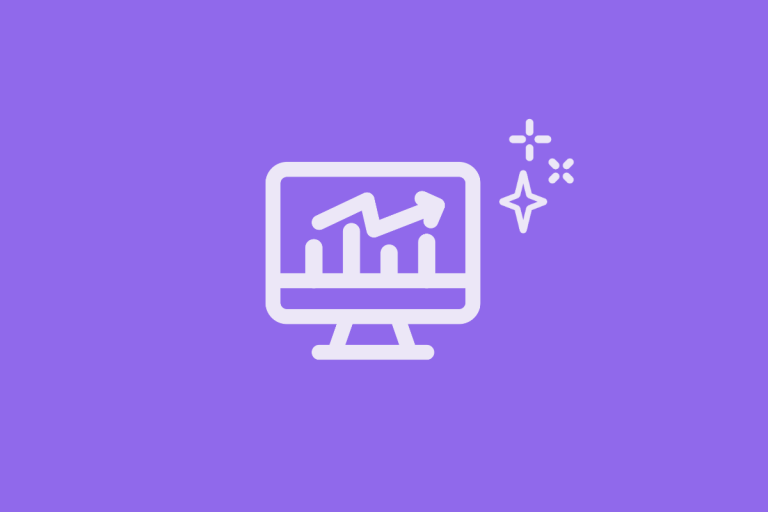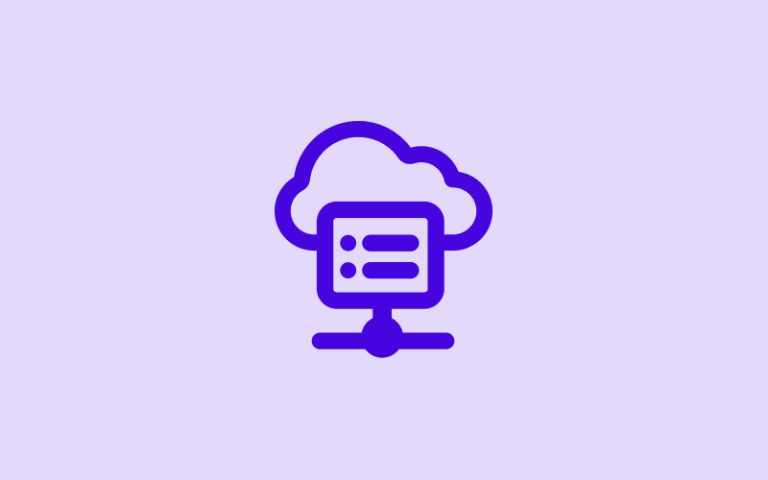
Technology
Digital development trends of 2024
Hion
The year 2024 is just around the corner. What themes should be on every organization’s digital development list next year? Read our experts' summary of the most important development trends.
Sustainability at the forefront
In 2023, the awareness of the environmental impacts of digitalization increased. Technology is a major enabler of the green transition, acting as an accelerator in the circular economy, among other things, but it also increasingly contributes to greenhouse gas emissions. Internet traffic is constantly growing, and a significant portion of network usage is still powered by fossil energy. It’s important that we, as professionals, whether we are procurers, project managers, owners, or implementers, are aware of the sustainability challenges associated with digital services and take this into account in our work.
What to do in 2024 in terms of sustainability:
- Find out the carbon footprint of your digital services, for example, by using digital carbon footprint calculators available online, and learn how greener digital services are designed and executed
- Start building your own roadmap towards more sustainable digital services. If you want a deep dive into the fundamentals of more sustainable digital development, stay tuned as we will be publishing a guide on the topic at the beginning of next year. Subscribe to our newsletter if you don’t want to miss out!
- Monitor and report. Consumers, investors, and other stakeholders value the transparent disclosure of responsibility – and it’s good to be a frontrunner in this development. ESG reporting obligations will apply to small and medium-sized listed companies in 2027, and it’s good to prepare for this early. In addition, the EU is preparing voluntary reporting models for small and medium-sized enterprises, by following which they can report their sustainability figures more lightly.
- The year 2024 brings increasingly comprehensive Green ICT requirements to public procurement. The criteria created by the Green ICT ecosystem are already visible in public tenders, and their importance will only grow in the future.
Artificial intelligence in digital development
The year 2023 was, in all respects, the year of artificial intelligence, and in 2024, this development will continue even more rapidly. After the experimentation phase, AI assistance is starting to become a part of our daily work routine, and in 2024, AI will also increasingly change the development of digital services. So far, we have seen applications of new language models in content production or enrichment, categorization, and searching. Language models are particularly well-suited for these applications. What has received less attention are the growing abilities of AI to interact with and respond to the surrounding world. As we humans have learned over time, it’s easy to talk about things, but actually doing the thing is another matter. In the future, it will be important to ensure the findability and accessibility of online services for AI as well.
The development of consumer-oriented services is also rapidly changing the expectations of users of companies’ internal services; for example, a user interface that anticipates content and assists in operations is already considered a standard for new services.
What to do in 2024 in terms of AI:
- Engage in open discussions within your organization about the opportunities and challenges created by artificial intelligence. The possibilities of generative AI are advancing at such a rapid pace that in 2024, every organization must participate in the development in its own way. Without a common understanding, foundation, and objectives, the utilization of AI can easily remain a beautiful dream.
- Experiment. In the 30-year history of digital service design and production, general models have emerged in the field, but for AI, these are still scarce. Therefore, experimenting is the only way to grasp how AI can be utilized in your specific environment.
- Dream. The AI integration of digital services is still in its infancy. Now is a good time to consider how services should function in the future, as at least some of these dreams may become AI-assisted realities by 2024.
Data and analytics in the eye of change
This year, many companies experienced a last-minute panic when Google Universal Analytics stopped collecting data. The transition to Google Analytics 4 was significantly troublesome. At the same time, Looker Studio reports may have been left unupdated, and to top it all off, discussions about the illegality of data processing in Google’s analytics products caused extra stress for many. As a result, many organizations revisited questions like; what data do they collect, where, and why.
Next year promises more grey hairs, as data loss will increase further. Why is this? Finland’s most used browser, Google Chrome, will start blocking third-party cookie storage from next year. In addition, users will increasingly block the use of cookies themselves, and use browsers and add-ons that prevent cookie banners and ads. However, it is possible to prepare for this.
What to do in 2024 in terms of data and analytics:
- Check what types of cookies your site stores. Determine how many of these are third-party cookies, so you can prepare for their disappearance. Also, find out if your service provider can update their cookies to first-party cookies, or if you need to change the service provider.
- Respect the user and make cookie consent user-friendly and easy. It’s not enough to have an “accept” button on the site and hide the “only necessary cookies” button behind several clicks.
- Compare web analytics data with data in other systems, such as CRM or sales data. If you want to utilize web data, you need to start looking at it from multiple perspectives simultaneously.
- Consider transitioning to server-side analytics or adding a cookie-less analytics tool to your toolkit. In server-side analytics, data transfers from the user’s browser to the company’s own server, instead of going directly to a third party, as has traditionally been the case. This creates an extra safety net in data management, and data can be anonymized more effectively. Cookie-less analytics tools are also good for supporting site data, examples being Plausible Analytics or Piwik Pro.
Improve your security posture
As the world’s information becomes increasingly digital, the importance of cybersecurity grows. Cybersecurity risks have risen in recent years, and due to global political situations, it’s more likely for a Finnish company or organization to be targeted by DDoS attacks or phishing attempts. The development of AI also accelerates and automates cybercriminal activities.
On one hand, with the shift to cloud environments, many organizations’ basic level of security has improved, as these are environments whose existence is based on strong cybersecurity. Where previously the cybersecurity of a company’s own servers was in the hands of those managing them, and even a small vulnerability could be fatal, cloud platforms manage cybersecurity centrally and proactively. However, a cloud environment alone doesn’t solve all cybersecurity challenges. Instead, it would be good to consider the organization’s overall cybersecurity assurance, meaning how well the organization can anticipate, prevent, and respond to constantly evolving online threats
What to do in 2024 in terms of cyber security:
- Update your digital service’s maintenance environment to this decade. A modern, cloud-based maintenance environment offers a vast array of reasonably priced solutions for the development and maintenance of service security. For example, the solutions offered by Google Cloud Platform are constantly evolving to meet the needs of the current online environment.
- Review the status of your digital service at least annually. Technology is constantly evolving, and a solution that is a few years old may already be in a state where the best possible secure maintenance solution is not available. Continuous and proactive further development is one of the best cybersecurity measures.
- Ensure that your organization has agreed-upon processes for secure operations and that staff are up-to-date on them. This can help avoid falling victim to phishing attempts. The human element is still the weakest link in cybersecurity. Manual data transfer also exposes to data protection risks and human errors, creating unnecessary vulnerabilities. For example, automating data transfer and processing can help avoid major risks.
- Utilize AI: A lot of data is generated in cybersecurity monitoring, which can be analyzed using AI. The use of AI in developing the cybersecurity of online services is still in its early stages, but it has the potential to significantly improve the safety of online services. AI can assist in monitoring and analyzing network traffic to detect suspicious activities, modeling and anticipating vulnerabilities, and in cybersecurity-related automations.
Need help with brainstorming your digital development plans and defining a clear roadmap for 2024? Send us a message and let’s arrange a sparring session!
Book a sparring session
Let us know about the situation and needs of your organization in more depth, and we'll get the ball rolling!
"*" indicates required fields


